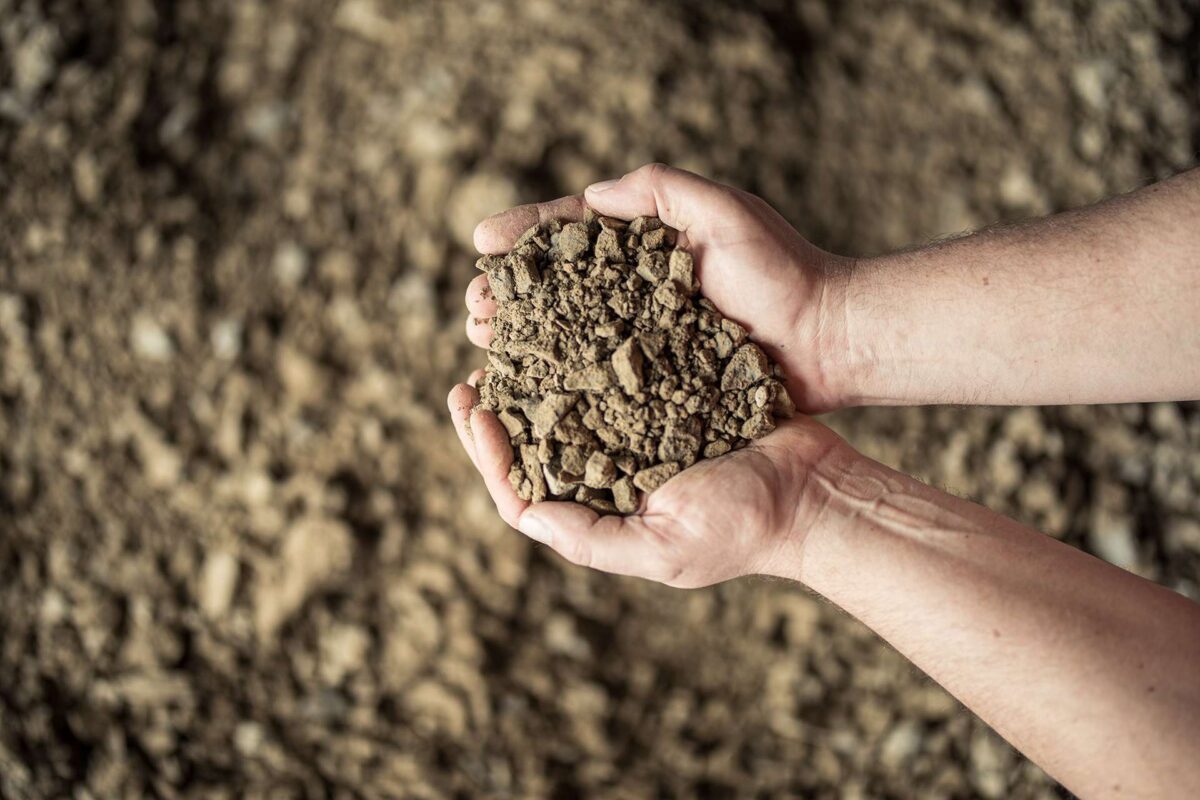That the circular economy is destined to play an increasingly important role in global economic and production dynamics is now an established fact. In Italy, then, the economy resulting from the recovery and recycling of raw materials grows at a constant rate year after year: according to the third report of the "Circular Economy Network", The circular use rate of matter in our country in 2019 is to 19,3%, well above the European average (just over 11%).
A trend that is also taking hold in the public and private construction and road works sectors. For some time, in fact, so-called aggregates have been used instead of quarry aggregates recycled aggregates, recovered materials from demolitions and renovations of homes, buildings and other buildings that can be transformed into secondary raw materials.
Not so long ago, these materials would have been considered gods waste in all respects (special waste, among other things, with all that this entails in terms of management and landfill); on the contrary, thanks to special, specifically regulated treatments, these materials can today be given a new life and used in works of all kinds, from the construction of homes to road foundations (like le dirt roads on solid ground, just to give an example).
What are recycled aggregates
As required by current legislation (specifically, the Decree of 17 January 2018 "Update of the technical standards for construction", which updates the previous decree dating back to February 2008), recycled aggregates are a mineral aggregate resulting from recovery of inorganic material waste previously used in construction. Moving away from the "politician", the aggregate is a material that derives from the treatment of inert waste such as building rubble, earth and rocks from excavation, cement and asphalt milling.
This practice, favored and encouraged by today's legislation, allows you to reduce the amount of waste from construction and road sites to be sent to landfill and, consequently, the need to produce new inert material, mainly from quarries. A "textbook" case of circular economy, in short, which has positive repercussions both on an economic and environmental level.
How recycled aggregates are produced
The production of recycled demolition aggregates must follow a highly standardized procedure regulated by various European regulations and national standards. Only in this way, in fact, will the product resulting from demolition be able to obtain the CE marking which allows the material to be put back on the market and used on new construction sites and new works. In particular, the aggregates can be obtained from excavated earth and rocks, from building demolitions, from cement and concrete or, finally, from milling from asphalt.
These are extremely different and heterogeneous materials, characterized by extremely variable size, consistency and composition. For this reason, recovery work is necessary to obtain a "finished" material with homogeneous granulometric characteristics.
Typical uses of recycled aggregates
As mentioned, before they can be used within a construction site, recycled aggregates must be subjected to a accurate reclamation treatment and various eligibility verification processes. Their use is then defined in various regulations and standards, so as to guarantee that the buildings or road surfaces in which they are used comply with all safety standards.
Once checked and "certified" with the CE marking, the recycled aggregates can be used both as finished material (for example, in railway ballasts) and how raw material for construction. In both cases, the aggregate can be in unbound applications - such as in the aforementioned ballast - and in bound applications: in the latter case, the material deriving from construction recycling is mixed with products or substances (such as those of Terra Solida Italy, for example) which have binding properties in contact with water.
The recycled aggregates can thus be used as a substrate for road paving works; in the foundation layers of transport infrastructures; in the creation of accessory layers (such as, for example, in draining pavements) or as dissolved material in concrete.
Recycled demolition aggregates: advantages
I advantages of recycled aggregatesdemolition tools can be of various types. Mainly, however, this material allows both the costs of carrying out the works and their "ecological footprint" to be reduced. In particular, the use of recycled aggregates is indicated in the creation of the so-called ecological flooring: using eco-compatible binders such as those of the Nature Stabil Road by Terra Solida Italia it is possible to create 100% ecological and recyclable surfaces.

Pingback: Stabilized mixture: what it is, what it is used for, the advantages
Pingback: Sustainable and draining flooring: how to do it
Pingback: Draining floors for car parks: which one to choose